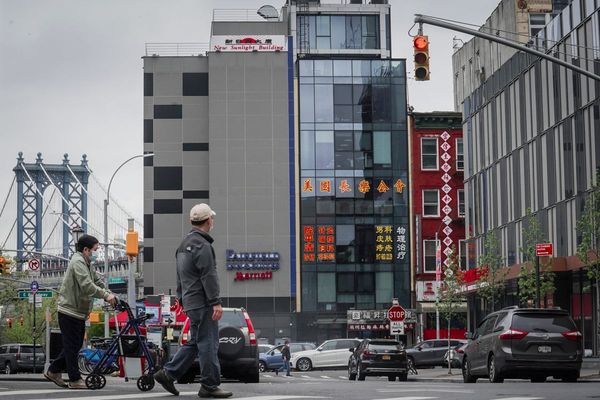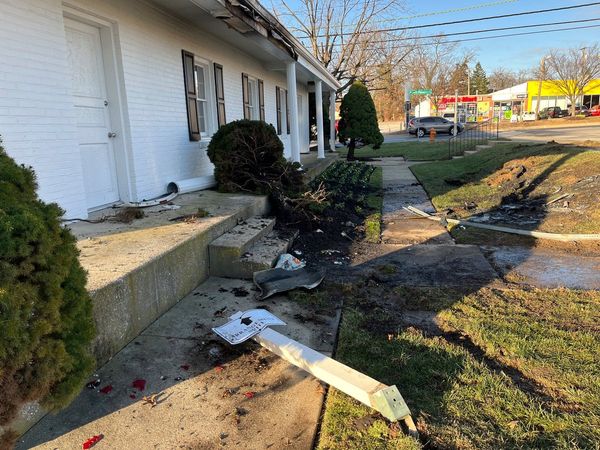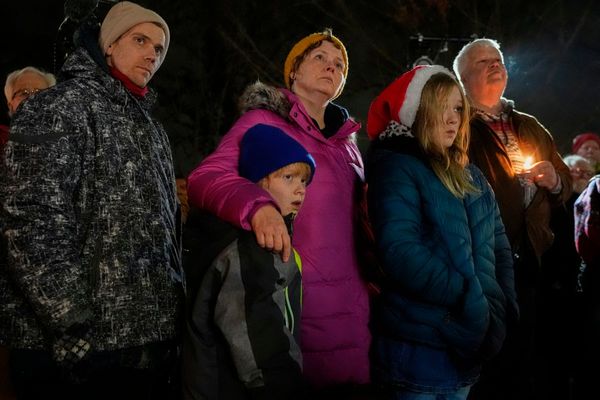
This is part four in an explainer series about the important issues in the Victorian election. Read part one, part two and part three.
The idea that the word “infrastructure” — of military origin — could possibly inspire anything other than boredom or apathy would, ordinarily, seem heavily freighted. But not so in Victoria, where the symptoms of a stressed or otherwise anaemic transport network manifest daily across much of the state.
Nowhere are these realities more pronounced than in Melbourne’s urban fringe, particularly the west, which has long absorbed the brunt of the state’s rapid population growth but without the infrastructure to service it. The costs are, on any view, weighty, spanning deepening inequalities in wealth and opportunity, poor public health outcomes, lost productivity and higher carbon emissions.
Seized with the significance of the challenge, Premier Daniel Andrews has staked a claim to history by responding with a $184 billion symphony of transport infrastructure works that will — circumstances permitting — extend over ensuing decades. But growing doubt has been cast over the viability of Labor’s transport agenda, with excessive cost blowouts already threatening to deprive it of much of its sense of purpose and revolutionary élan.
The opposition, meanwhile, has pledged to shelve Andrews’ flagship transport project — the popular Suburban Rail Loop (SRL) — although it’s yet to offer a credible transport plan of its own.
Welcome to part four of Crikey’s explainer series on the Victorian election. Today we’re looking at the transport infrastructure challenges confronting the major parties and what they portend for the election this Saturday.
The state of play
Just as US President Joe Biden fashioned the domestic side of his presidency on modern infrastructure, so too has Andrews endeavoured to tie his political legacy to a formative vision of the state’s potential.
The government’s policies in this respect are numerous, including station upgrades and the closure of nearly 70 level crossings (and counting) across the state, as well as a slew of multibillion-dollar projects including the North East Link Road project, Melbourne Airport Rail, the West Gate Tunnel project, the Metro Tunnel and the Regional Rail Revival.
This bold approach to transport infrastructure, not seen since the 1970s, crested on the eve of the last election, when Andrews announced arguably the most ambitious transport project in the state’s history: the Suburban Rail Loop (SRL), a largely underground 90-kilometre orbital rail line connecting Cheltenham in Melbourne’s south-east to Werribee in the city’s west via Monash and Deakin universities and Melbourne Airport. Voters appeared to salute the project, delivering Andrews his historic “Danslide” three months later.
Distilled, these projects summon the image of a “can-do” leader, undaunted by the task of redefining the limits of possibility in voters’ minds. It’s a high-stakes political gambit that has the potential to restore faith in government and usefully militates against separate, potentially damaging revelations, such as integrity failings and reports of Andrews’ centralising tendencies.
Four years on, however, and some cracks have emerged, beginning with the government’s concession that the western and northern stages of the SRL may never be constructed.
On one view, it’s possible to overstate the gravity of this concession. After all, it’s simply not possible to predict the whims of future governments. But against the backdrop of an independent assessment by the Parliamentary Budget Office suggesting the first and second stages of the loop alone could cost in the order of $125 billion before their completion in the 2050s, the implications could be serious.
To begin with, the released costings dwarf the $50 billion price tag attached to the project as a whole when the government announced it in 2018. Indeed, the first leg of the project in Melbourne’s south-east — already underway — is expected to cost $33 billion, according to the budget office. This has led some experts to fear the formidable costs of the SRL could derail equally worthy transport projects of a smaller scale, such as the airport link or the proposed Melbourne Metro 2 tunnel.
Though Andrews has denied this, it’s hardly a view without merit, if the failure to prioritise electric trains in Melbourne’s outer west (promised last election), the significant modifications to the airport link project, and the recent and material downgrades to the much-touted “super hub” at Sunshine station are anything to go by.
The uncompromising picture that emerges is one of continued neglect of Melbourne’s outer western suburbs — an impression reinforced by the fact that the loop’s final stage in the west is unlikely to be realised until late this century, long after many of today’s commuters are dead. Unabated urban sprawl is, under this scenario, almost guaranteed. The point of the loop, after all, is to concentrate population growth away from the urban fringe by creating a “city of centres” or “precincts” in Melbourne’s middle suburbs.
Add to this the conclusions of the state’s Auditor-General’s Office, which found the government’s business case for the first stage of the loop was overstated and, by implication, myopic. This, however, is probably unsurprising, given much of the policy appeal of the rail line between Box Hill and Cheltenham lies in its eventual connection to Melbourne Airport in the west. Nevertheless, it’s hard to see why the government is prioritising services in parts of Melbourne that already fare much better than the west.
Naturally, the failure of the government to submit the project to Infrastructure Victoria for assessment, not to mention the secretive way in which it was conceived without the involvement of key bureaucrats, only strengthens any doubts about the project.
The Coalition’s position
The opposition, for its part, has attempted to set up the election as a referendum on the SRL, promising to immediately shelve the project if it wins office and redirect all earmarked funds to the health sector.
But there is no overarching thread to the Coalition’s plan — if it can indeed be deemed a plan — for the future of the state’s transport network. Instead it consists of a motley assembly of promises including $160 million in improvements to bus services in the outer suburbs, a $1.5 billion package of roads upgrades in the west, tram upgrades and a $2 cap on public transport fares with the fares of regional V/Line services similarly halved. The Coalition’s controversial East West Link project is, as the Albanese government recently confirmed, dead in the water and will never receive funding under Labor.
As you would expect, the consequences of the Coalition’s policy-lite approach to transport infrastructure spell problems for the state. Cheaper public transport fares will, experts say, disproportionately benefit wealthier households, primarily because poorer households tend to be concentrated in areas characterised by inadequate or non-existent public transport services and heavy car dependence.
The policy would also rob the government of funds it needs to improve the transport system in these areas, thereby entrenching socio-economic divides.
And the opposition’s promise to fast-track the release of more land to housing in the outer west will, inevitably, exacerbate its do-nothing approach to transport infrastructure.
The bottom line
It’s no secret that infrastructure, or its absence, is imbued with a capacity to materially alter the fate of cities, suburbs and individual lives. Labor’s plan, at least, acknowledges this much.
The Coalition, by contrast, is attempting to mislead voters with a false binary; the idea that transport infrastructure and health are mutually exclusive when in truth the former can impact the latter in far-reaching ways.
Crikey’s tip: keep an eye on the election outcome in the once safe-Labor seat of Melton in Melbourne’s west.
UPDATE: Following the publication of this story, the state opposition has announced its support for the multibillion-dollar Metro 2 rail link, its only large-scale transport promise in this election to date.







